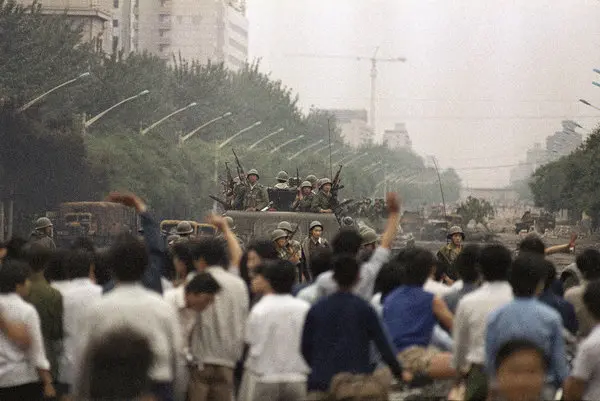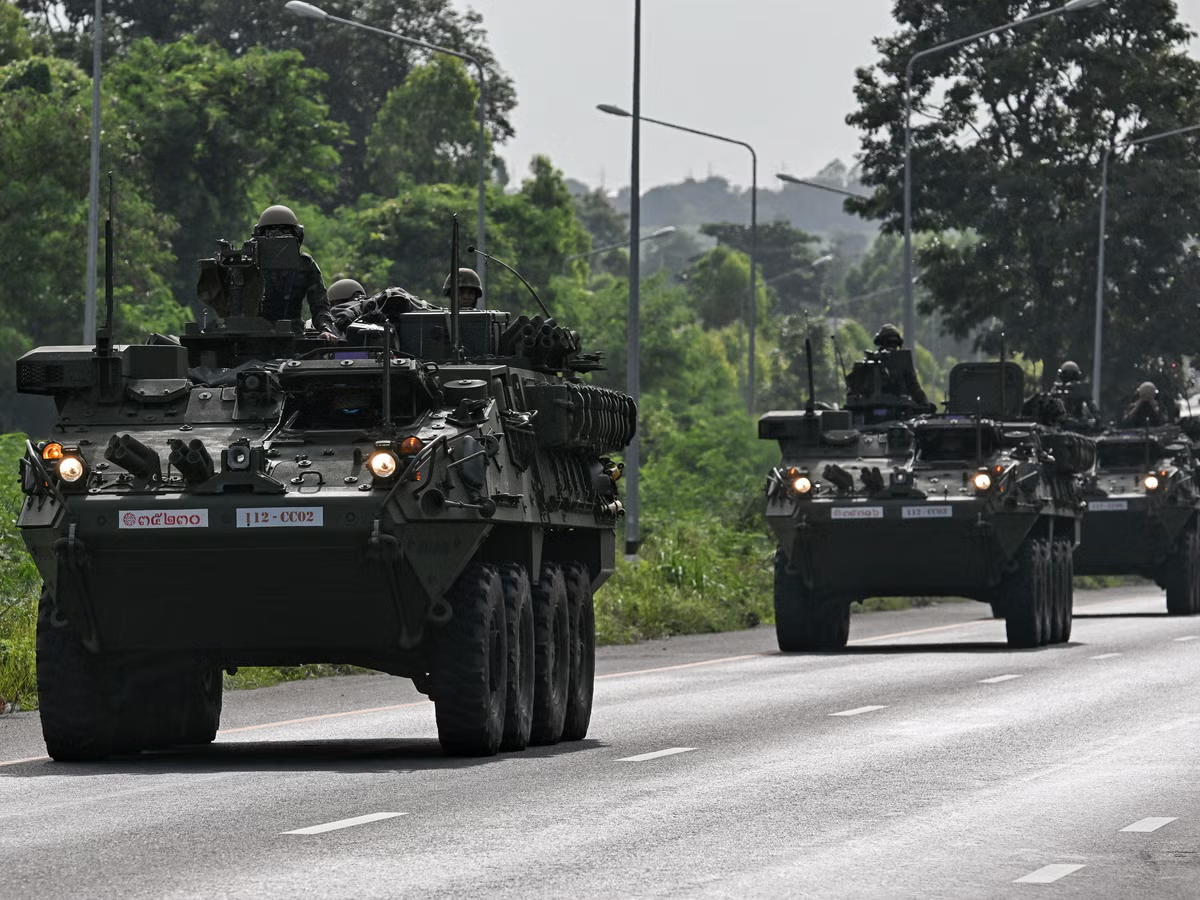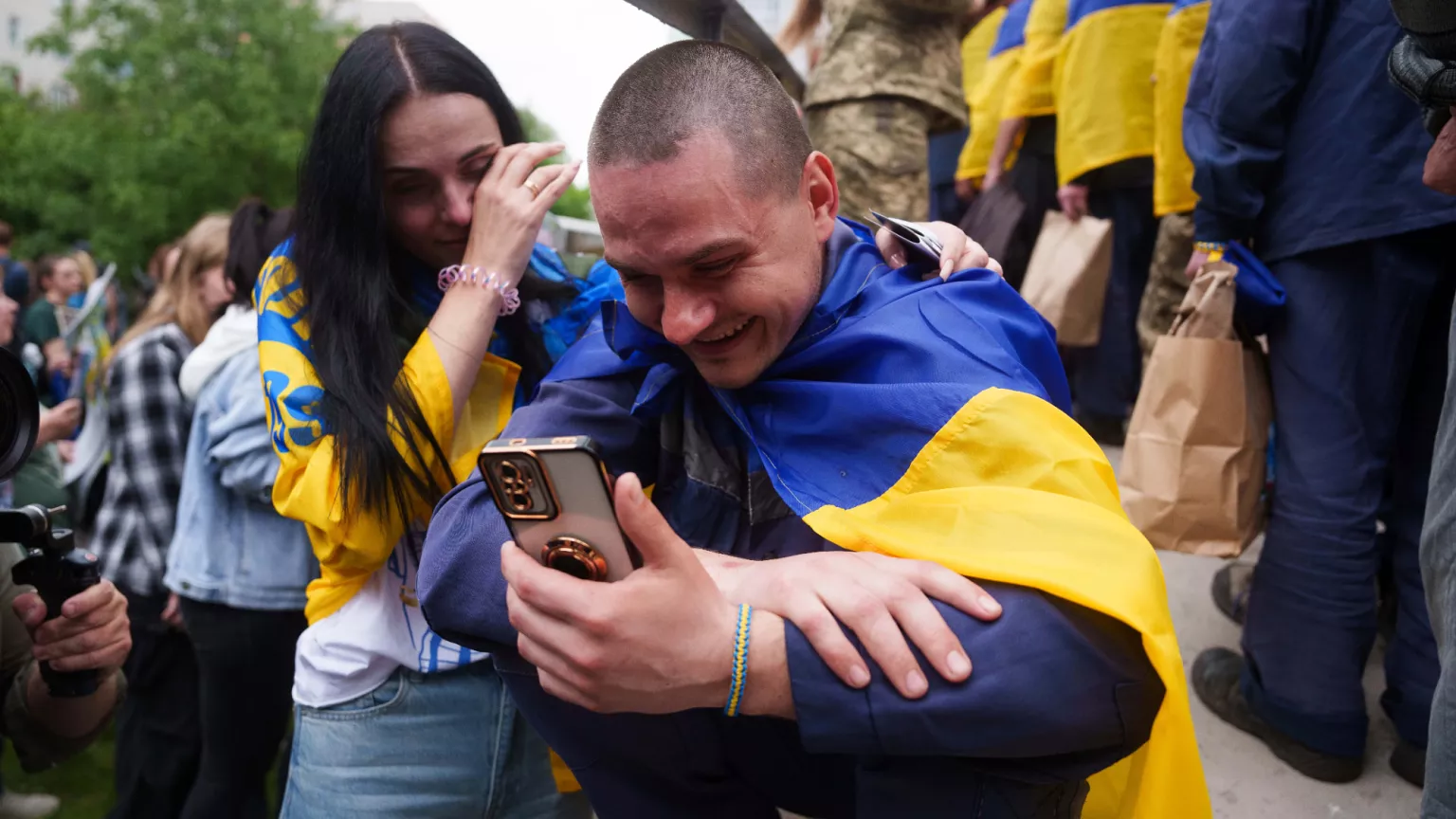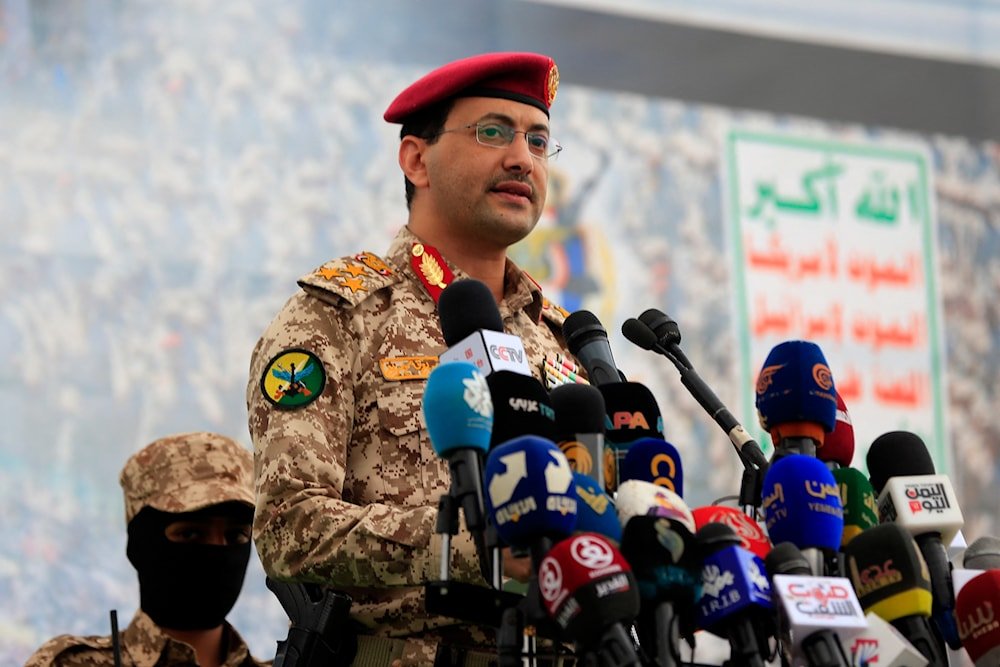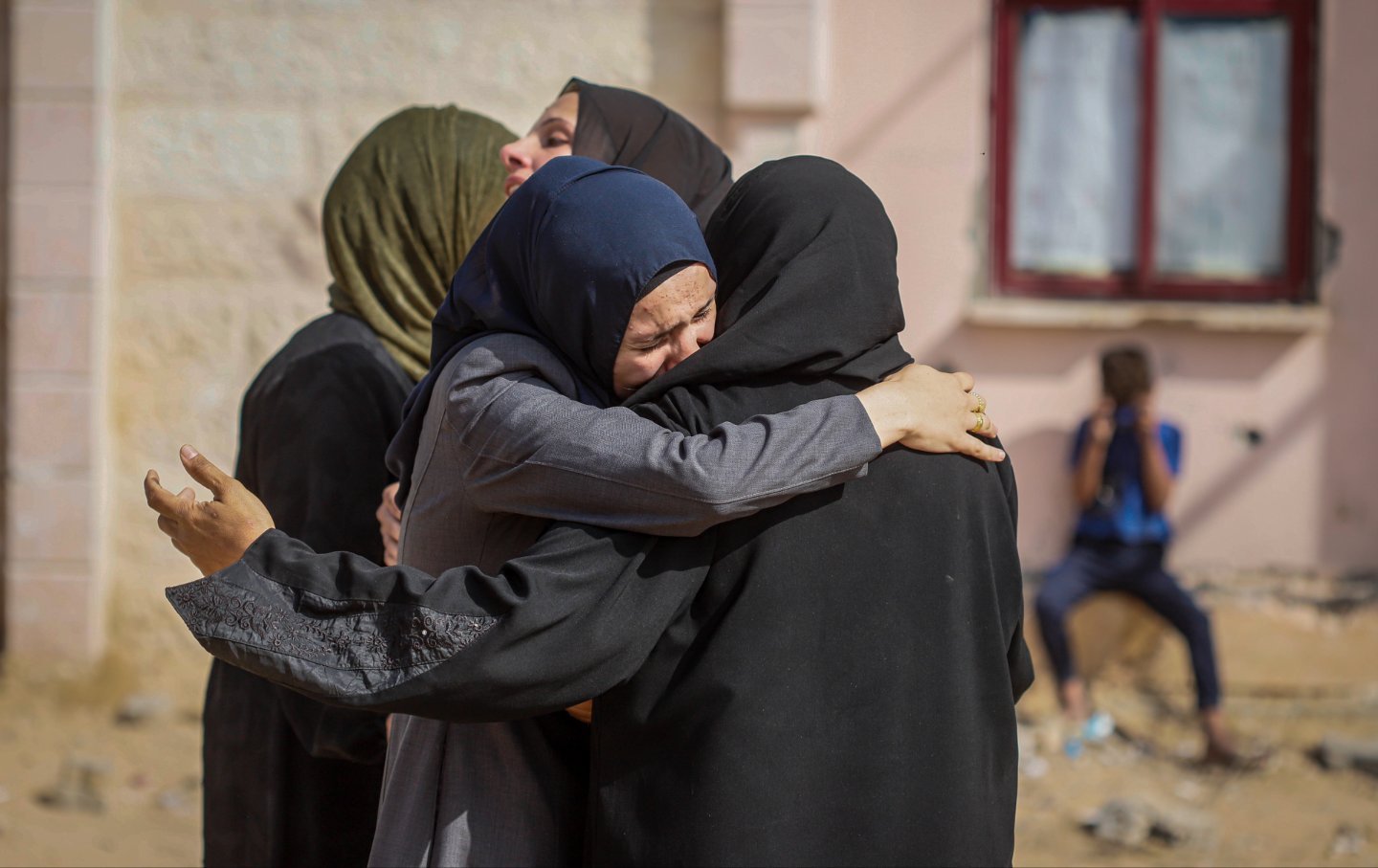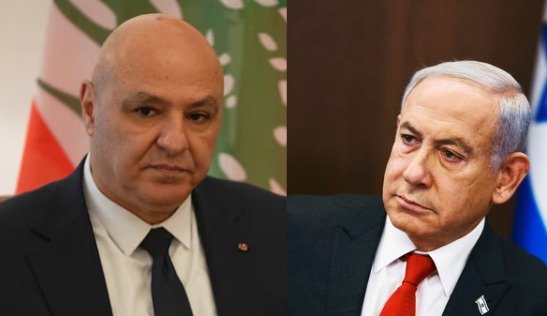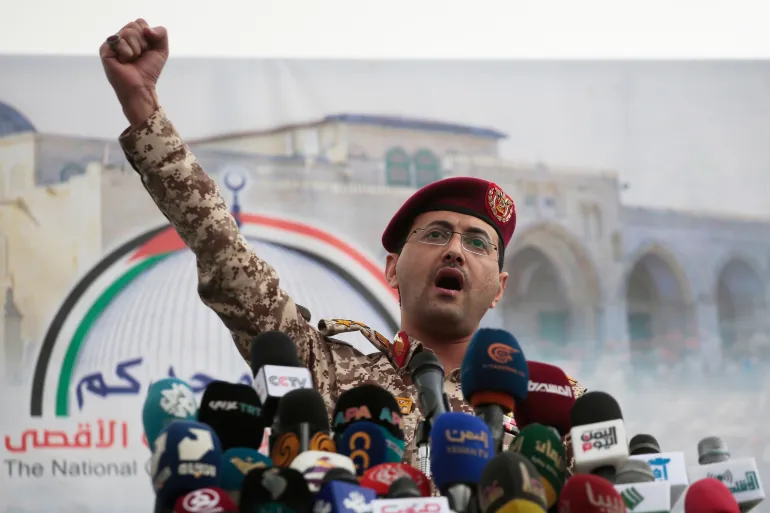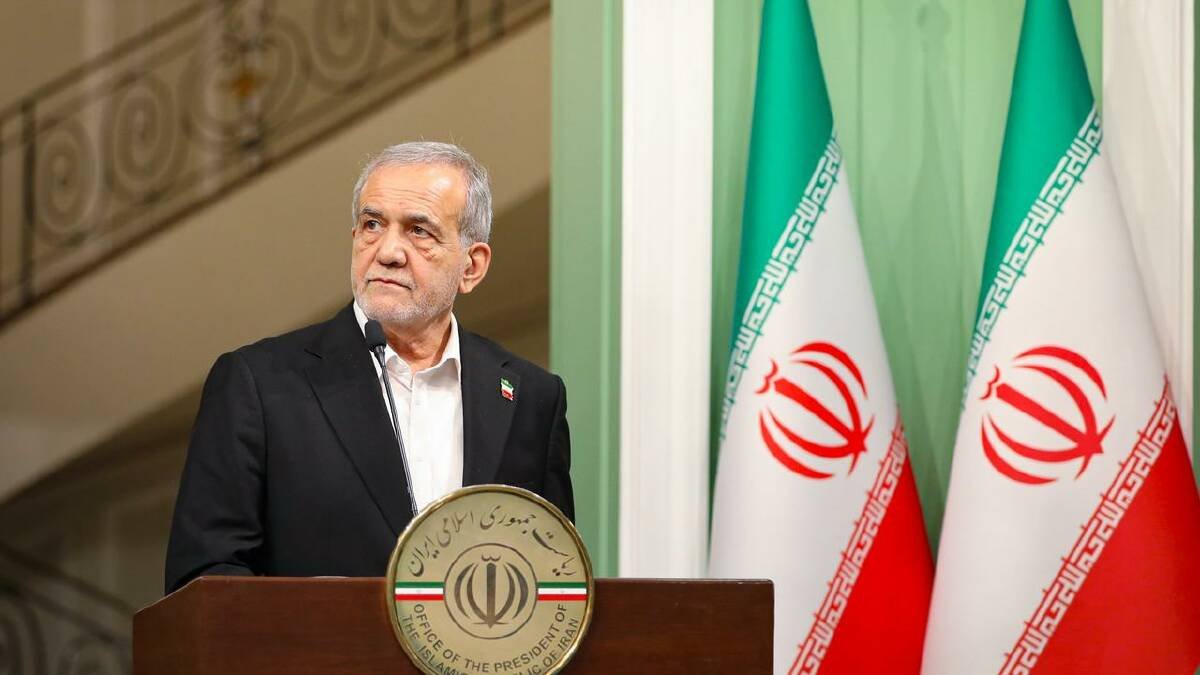June 4, 1989 Tiananmen Massacre: The Bloody History of the Chinese Communist Party’s Suppression of the Democracy Movement
The 36th anniversary of the bloody crackdown on the pro-democracy movement led by students at Tiananmen Square in Beijing on June 4, 1989, passed in complete silence across mainland China. There was no commemoration or discussion allowed — the Chinese Communist Party’s ultimate goal.
June 4, 1989 Tiananmen Massacre: The Bloody History of the Chinese Communist Party’s Suppression of the Democracy Movement
June 4, 1989 Tiananmen Massacre: The Bloody History of the Chinese Communist Party’s Suppression of the Democracy Movement
Beijing — The 36th anniversary of the bloody crackdown on the pro-democracy movement led by students at Tiananmen Square in Beijing on June 4, 1989, passed in complete silence across mainland China. There was no commemoration or discussion allowed — the Chinese Communist Party’s ultimate goal.
Since early Wednesday morning, security at Tiananmen Square was at the highest level. It was here in the summer of 1989 that thousands of students and young people had stood defiantly in front of military tanks, raising their voices for democracy. The Party labeled their movement as “political chaos” and, under Deng Xiaoping’s orders, deployed the military. Soldiers opened fire indiscriminately while clearing the streets, killing hundreds — including some soldiers.
The Chinese state continues to erase the memory of this event. The phrase “June 4” is banned on the internet, and any public discussion or commemoration is legally forbidden.
Once, thousands of people lit candles at Victoria Park in Hong Kong to remember the victims. Now, government-organized fairs are held there instead. Since the 2019 pro-democracy protests, strict controls have been imposed—initially, events were banned citing COVID-19, and later organizers were arrested.
Former councilor Chan Kim-Kam reported that customs officers visited his shop for posting a peaceful candlelight vigil advertisement on Instagram. Hong Kong has become a “city of silent sheep,” said a rights activist present at the park.
Only one place—Taiwan—openly commemorates this history. Although Taiwan is independently governed, China still claims it as its territory. However, Taiwan’s new president, Lai Ching-te, has sent a clear message: “Autocrats want to erase history, but democracy preserves it.”
Taiwan also transitioned from authoritarianism to democracy in the late 1980s. Supported by the United States and other Western allies, Taiwan is preparing to resist China’s military threats.
While the British and German embassies in Beijing posted memorial videos on Weibo, they were quickly removed by censors. However, the Canadian and German embassies showed images of burning candles on large screens. The Chinese police maintain a strict stance against these symbolic acts. In Hong Kong, rights activist Louis Yuuk-lin was reportedly taken into a police van, although his arrest has not been confirmed.
The U.S. Consulate released a statement by Marco Rubio saying, “The Communist Party wants to suppress the truth, but the world will never forget.”
Relatives of the victims have organized as the “Tiananmen Mothers,” petitioning the government annually. This year, their petition was signed by 108 people. Their demands include an independent investigation, disclosure of the victims’ names, compensation, and prosecution of those responsible.
The Chinese government, as usual, has shown no response and declared it will continue on the path of “Socialism with Chinese Characteristics.” While the one-party China is determined to erase this chapter of history, Taiwan, Western countries, and human rights activists continue the struggle to keep the memory alive.
Every candle at Tiananmen is not just a memory — it is a living symbol of the fight for democracy and justice.


